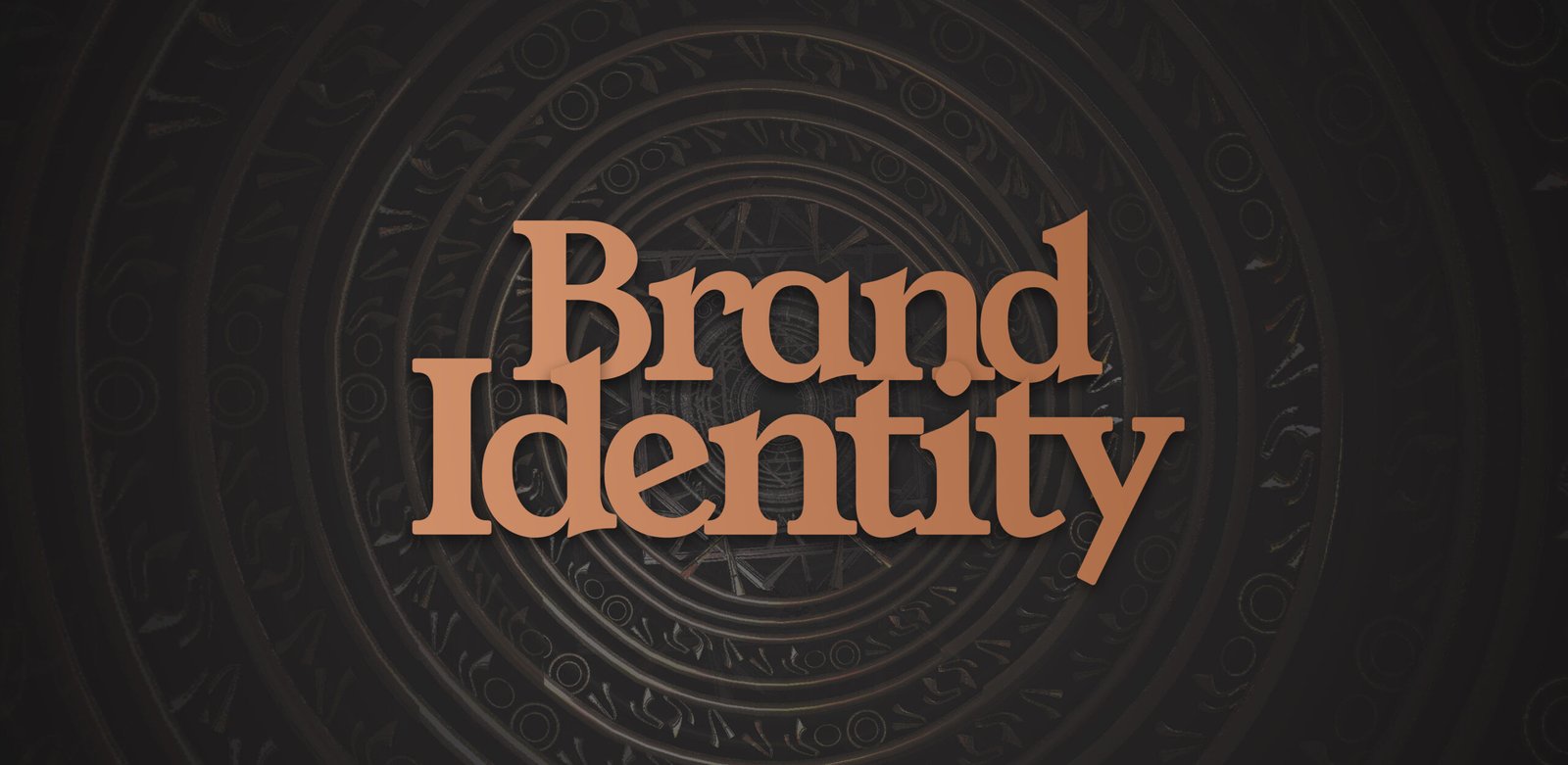
Branding Identity
- Unique Selling Proposition
- Consistency
- Tone of Voice
- Logo Design
- Color Palette
- Typography
Brand identity is the visible and tangible elements that define how a brand presents itself to the world, including its logo, colors, typography, imagery, and overall design style. It reflects the core values, personality, and essence of the brand, helping to differentiate it from competitors and create a lasting impression in the minds of consumers. **A well-defined brand identity builds recognition and trust, enabling a company to communicate its message clearly and consistently. Every interaction a customer has with a brand, from packaging to website design, should reinforce this identity, creating a unified experience. A compelling identity can influence purchasing decisions and foster long-term loyalty.** A strong brand identity goes beyond aesthetics; it communicates the brand’s mission and message in a way that resonates emotionally with its target audience. By maintaining a consistent and cohesive identity across all platforms and touchpoints, businesses can build recognition, trust, and loyalty, ensuring their brand stands out in a crowded market.
"Crafting a brand identity that turns first impressions into lasting connections."




Frequently Asked Questions (FAQs)
Brand identity encompasses the visual elements, messaging, and overall personality of a brand, including its logo, color palette, typography, and tone of voice.
- A strong brand identity helps differentiate your business from competitors, builds customer trust and loyalty, and creates a consistent experience across all touchpoints.
Start by defining your brand's mission, values, and target audience. Then, develop visual elements (like a logo and color scheme) and messaging that reflect these attributes.
Establish brand guidelines that outline how to use your logo, colors, typography, and messaging. Ensure that all team members and partners follow these guidelines across all platforms and materials.
Yes, brands often evolve to stay relevant. However, changes should be made thoughtfully to maintain recognition and minimize confusion among your audience.
A well-defined brand identity shapes how customers view and feel about your brand, influencing their purchasing decisions and overall loyalty.
Storytelling helps convey your brand’s values and mission, creating emotional connections with your audience and enhancing brand recall.
Key components include the logo, color palette, typography, imagery, tone of voice, and overall design style, all of which work together to create a cohesive representation of your brand.
You can assess effectiveness through customer feedback, brand recognition surveys, social media engagement, and analyzing changes in sales or customer loyalty over time.
Brand identity is how a brand wants to be perceived, including its visual elements and messaging, while brand image is how the audience actually perceives the brand based on their experiences and interactions.
Company
unusualz
Follow Us
© 2024 – 2025 unusualz.com
